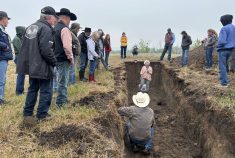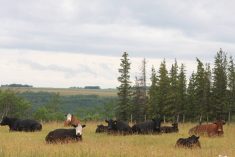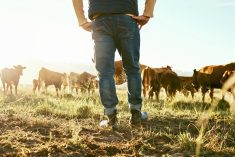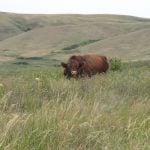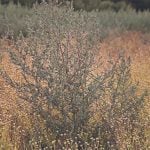I am not sure how the folks at the Canadian Food Inspection Agency (CFIA) looked at the recent research on rest stops for long-haul trips and concluded it supported the changes to transportation regulations, but they’ve done it.
“The study summary on the BCRC’s website supports the current maximum allowed interval without feed, water and rest for this class of cattle (36 hours) by showing that there was no significant difference between cattle stopping to receive feed, water and rest versus cattle transported for 35 consecutive hours,” the CFIA wrote to Karen Briere of the Western Producer.
The CFIA is, of course, defending the animal transport regulation changes, which now limit long-haul trips for cattle to 36 hours without a rest stop, down from 48 hours. The agency is referencing the most recent Beef Cluster project, funded by the Beef Cattle Research Council and Agriculture and Agri-Food Canada. The study was led by Ag Canada Lethbridge researchers Dr. Karen Schwartzkopf-Genswein and Dr. Daniela Melendez.
Read Also
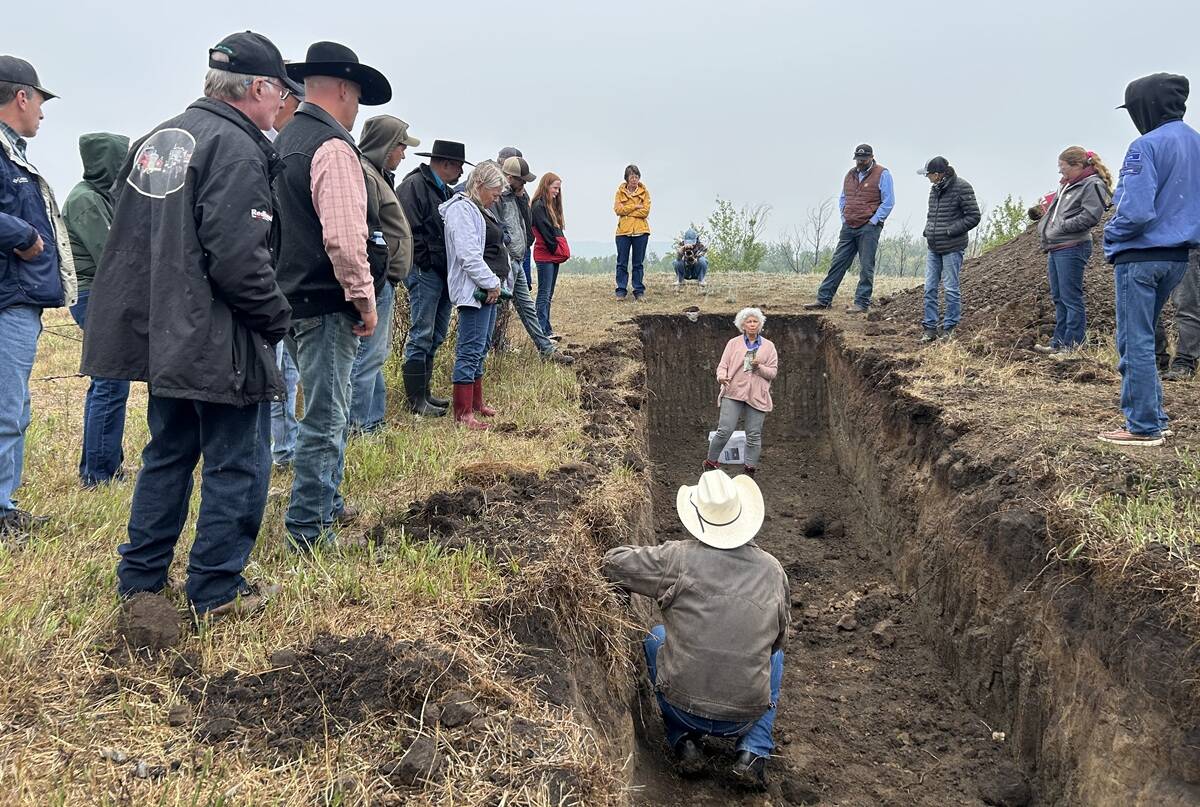
Improving soil health on the ranch
Yamily Zavala, PhD, talks soil health for farmers and ranchers at a grazing club field day at Paradise Hill, Saskatchewan.
[RELATED] Preparing to ship cattle safely during the fall run
The full study hasn’t been published yet, but will be available in PLOS One in the future. In the meantime, Reynold Bergen unpacked this study — the third on this subject — in his September Research on the Record column. To briefly recap, researchers took 328 commercial steer calves, and split them into two even groups. Half were preconditioned and half were weaned when the study began. They were all transported for 20 hours. Then, 82 of the preconditioned calves and 82 of the freshly weaned calves were unloaded and rested for eight hours, before being reloaded and travelling for four to 15 hours. The other calves were briefly unloaded so researchers could collect samples, before being reloaded and travelling either four or 15 more hours before reaching their destination. Those travel times were selected to mimic the trip from Lethbridge to Thunder Bay.
The study found no clear benefits to providing a rest stop to any of the calves. In fact, as 85 per cent of the freshly weaned calves didn’t visit the Growsafe bunk at the rest stop, you can argue it’s a detriment to many calves. Bergen notes that cull cows may benefit from a rest stop, as they’re generally older and will nose around a bunk for feed, but he cautions we’d need research to conclude that.
In this last study, they only looked at calves transported for 35 hours, which is in line with the maximum time, so I suppose that’s how the folks at the CFIA are justifying the statement above. But two other recent studies, conducted by the same researchers, found no clear benefit to rest stops for calves transported up to 40 hours. Bergen covered those studies in previous columns, too, in the January 2020 and March 2021 issues of this magazine.
So, we have, in essence, one federal government agency cherry-picking and dismissing research funded and conducted by a federal government department, all to justify regulatory changes that don’t seem to benefit anyone or protect most cattle being shipped, and may, in fact, be detrimental to many.
[RELATED] Auction marts, cattle groups apprehensive about Transfer of Care requirements
Do we not have better things to spend our time and money on? The feds have been reluctant to pony up for a vaccine bank for foot-and-mouth disease, for one thing. Would that not be a better use of our taxpayer dollars than whatever it has cost to bring in these regulations and whatever it will cost to enforce them (not to mention what it will cost the industry)? The CFIA’s own projections show that if we had a foot-and-mouth outbreak in the Lethbridge corridor, we’d need between 1.9 to 2.7 million vaccine doses, Piper Whelan wrote in the early September 2020 issue of Canadian Cattlemen.
Foot-and-mouth disease would be catastrophic for ranchers and beef farmers in this country, in more ways than one. I’m not sure how they would euthanize infected herds today, but they used to dig a giant pit with a gradual slope, drive the cattle down the slope and then shoot them all. Larry McMurtry writes about this to devastating effect in his first novel, Horseman, Pass By. Hopefully there would be a more humane way to put them down today. But even so, it would be catastrophic to ranching families who have spent years (maybe generations) building and caring for that herd. Nor do we want a repeat of BSE, with shuttered borders, lost markets and an economic bloodbath. Can’t we collectively work to minimize these risks? Given the concerns for animal welfare and protecting the industry, why is there so much foot-dragging from the feds around funding the vaccine bank?
This is not a general indictment of the CFIA, which does very important work for our industry and for Canadians in general. I think there are people at the CFIA who are trying to build relationships with beef farmers and ranchers in the course of doing their jobs. I heard one such person speak at a conference earlier this year (on a Saturday in Lloydminster, no less). I think they would like to do things in a way that actually protects animal welfare, our markets and the reputation of the industry. If they happen to read this, I hope they know they are doing good work and I hope they soldier on.
But statements like the one at the start of this column undermine that good work. Nobody expects the folks at the CFIA to be perfect, and everyone makes mistakes. But most people in this industry show respect to others, and they expect it in return.




